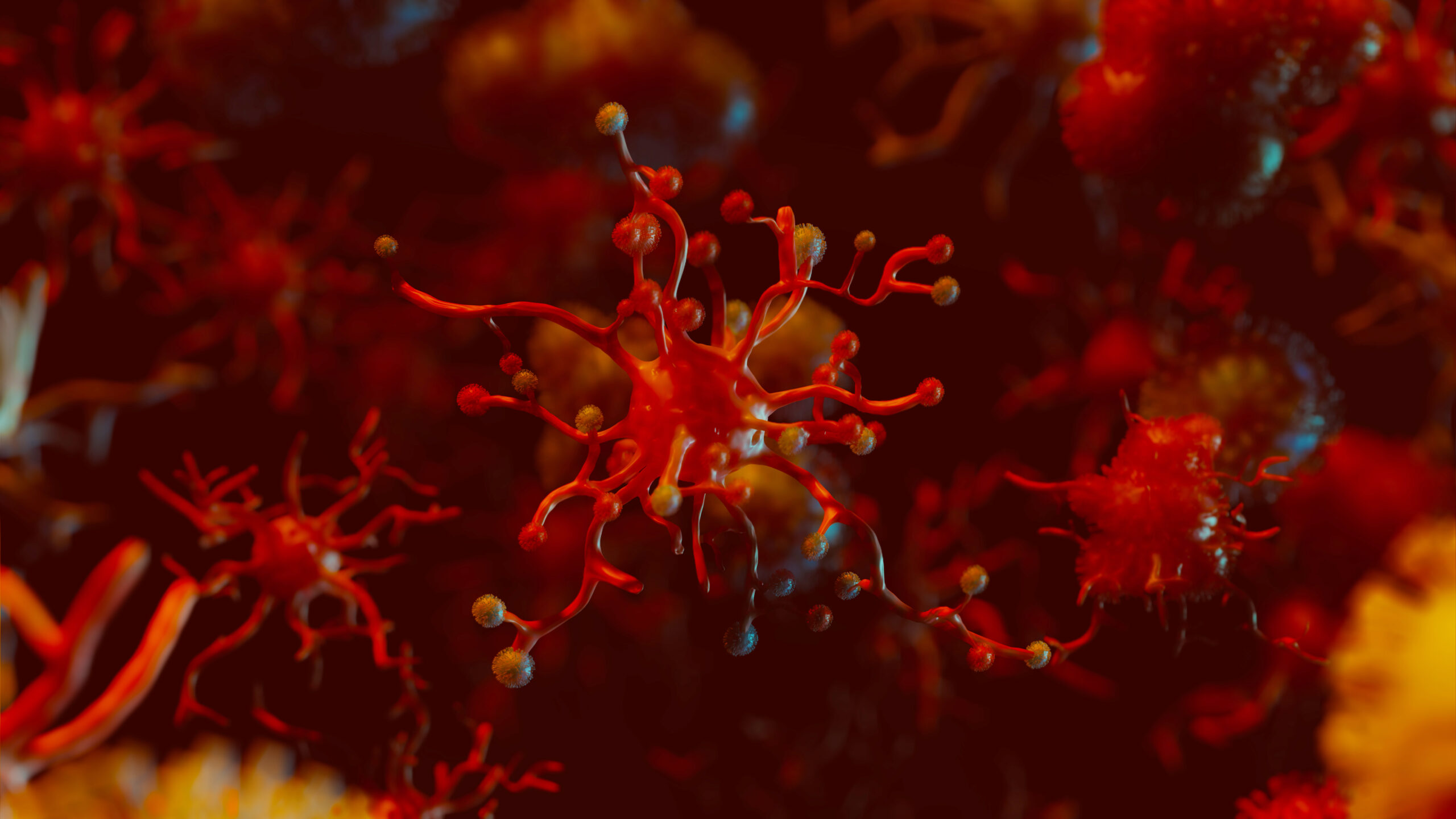#Haemophilia: Women and Girls Bleed Too #LightUpRed

Haemophilia is often thought of as a “man’s disease,” but women and girls can have it too. Though less commonly diagnosed, females with haemophilia can experience significant bleeding issues that impact their daily lives.
Understanding Haemophilia in Women
Haemophilia is a genetic disorder where the blood doesn’t clot properly due to a deficiency in clotting factors. It’s linked to the X chromosome, meaning males (who have one X) are more likely to have severe symptoms. However, females (who have two X chromosomes) can also inherit the mutation. Traditionally, women were labelled as “carriers,” but many actually have mild, moderate, or even severe haemophilia.
Symptoms in Women and Girls
Women with haemophilia or low clotting factor levels may experience:
Heavy and prolonged menstrual periods (menorrhagia)
Frequent nosebleeds and easy bruising
Excessive bleeding after childbirth, surgery, or dental work
Joint and muscle bleeds, similar to male patients
These symptoms are often overlooked or misdiagnosed, leading to delayed treatment.
Challenges in Diagnosis and Care
Many doctors still hesitate to diagnose women with haemophilia, instead labelling them as carriers. This medical bias means women often struggle for years before getting proper care. Additionally, female-specific issues—like menstrual bleeding—are sometimes dismissed as normal, even when they indicate an underlying bleeding disorder.
Treatment and Management
Women with haemophilia can benefit from the same treatments as men, including:
Clotting factor replacement therapy
Antifibrinolytic drugs (to reduce bleeding)
Hormonal treatments to manage menstrual bleeding
Preventive care to protect joints from damage
Raising awareness is crucial for ensuring timely diagnosis and treatment for women and girls with haemophilia. No one should suffer due to outdated misconceptions.
Breaking the Stigma
The idea that “only men bleed” has been debunked—women and girls with haemophilia deserve recognition, care, and support. Advocacy groups, medical professionals, and patients are working together to push for better diagnosis, treatment, and awareness.
It’s time to change the narrative: Women bleed too, and they deserve the care they need.

